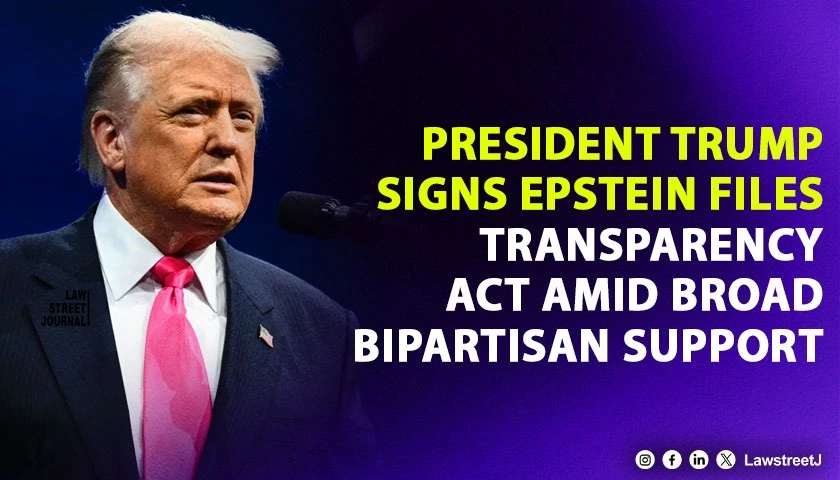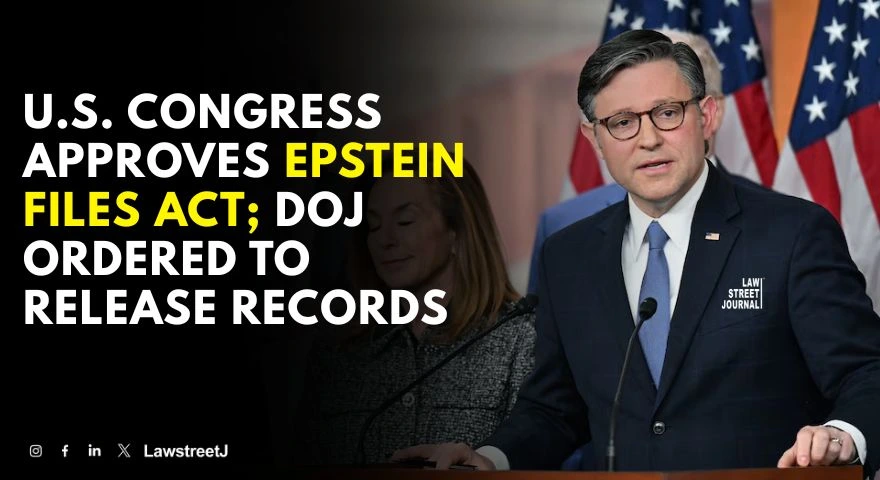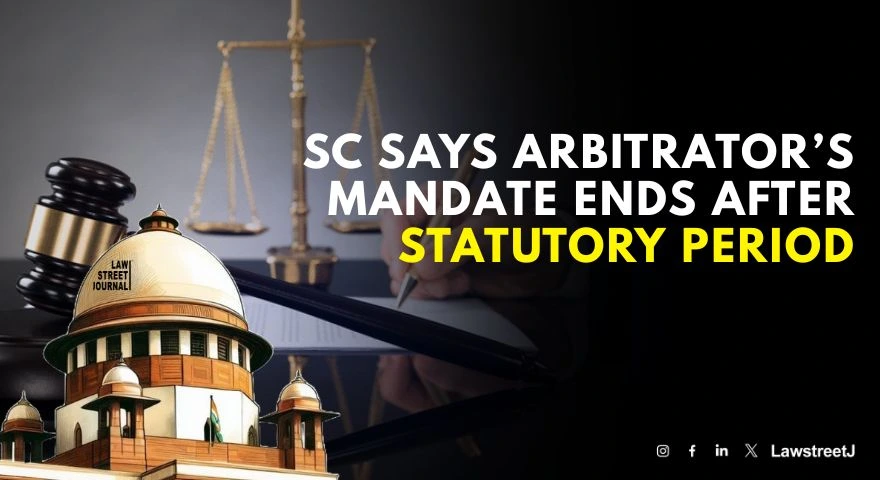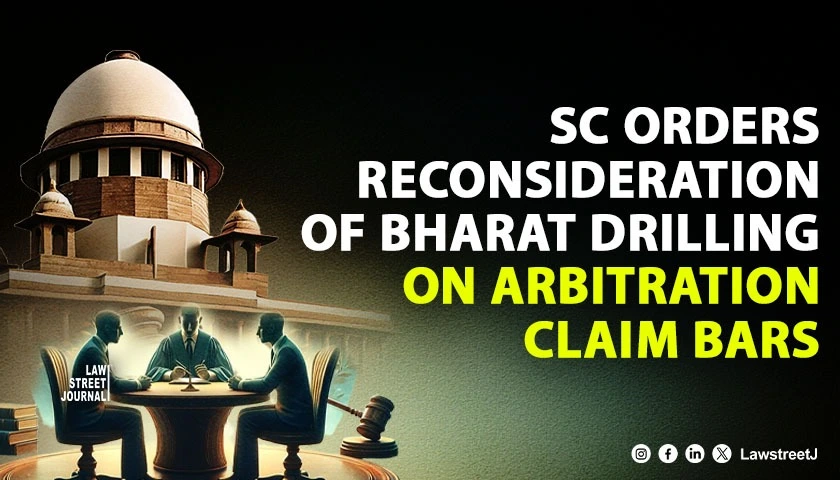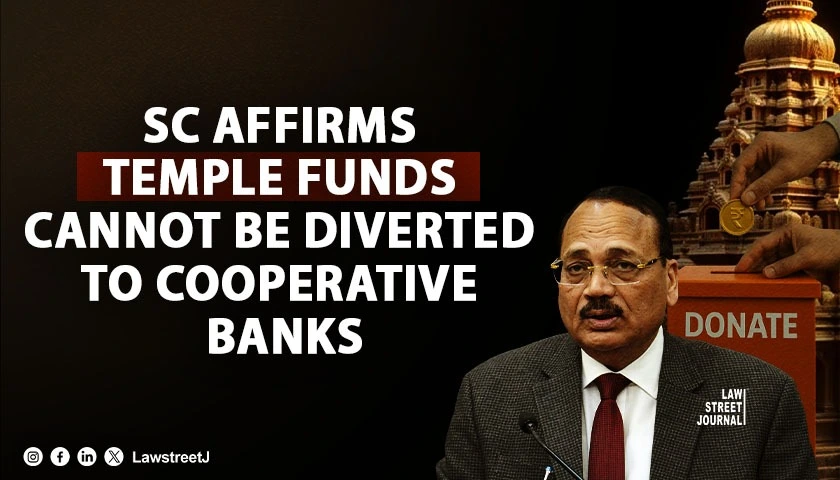New Delhi: President Donald Trump, on November 19, 2025, signed into law the Epstein Files Transparency Act, a measure mandating the public release of all federal case files connected to convicted sex offender Jeffrey Epstein. The enactment followed a prolonged period of political hesitation but ultimately secured overwhelming bipartisan backing in both chambers of the U.S. Congress. The legislation aims to make available a large collection of investigative materials, documents, and federal communications related to Epstein’s criminal network, co-conspirators, and past federal inquiries.
Congressional Action and Legislative Momentum
The House of Representatives approved the bill with a near-unanimous vote of 427–1, with Rep. Clay Higgins (R-La.) casting the sole dissenting vote. In the Senate, the measure advanced without a formal roll-call, reflecting unanimous agreement among senators to proceed with swift adoption.
The Act’s formal title outlines a statutory requirement for the Department of Justice (DOJ) to declassify and release non-classified material tied to Epstein’s criminal proceedings. Lawmakers from both political parties cited long-standing public demand and institutional accountability as key motivations. Many emphasized that public disclosure is necessary to maintain trust in federal investigative bodies and to address concerns surrounding Epstein’s alleged connections with influential individuals across politics, business, and entertainment.
Senate Majority Leader John Thune (R-S.D.) said, “This bill is about transparency and justice. The American people deserve to know the full extent of Epstein’s network and the federal response to his crimes,” underscoring the bipartisan view that public access is essential for confidence in federal oversight mechanisms.
The legislation gained momentum amid growing calls from both legislators and the public for clarity about Epstein’s interactions, associates, and the broader federal investigation process. It advanced after several months of debate during which lawmakers argued that the government should provide access to records that would inform the public about the scope of Epstein’s conduct and the official responses that followed.
Statutory Framework and Executive Branch Position
Under the Epstein Files Transparency Act, the DOJ must release all non-classified documents related to Epstein’s federal cases within 90 days of enactment. Documents may be redacted solely for national security reasons or to protect victims’ identities.
The Act assigns responsibility to the DOJ’s Inspector General to monitor compliance and publish a report outlining the justifications and legal basis for any withheld materials.
President Trump’s position shifted in the weeks leading up to the bill’s signing. Earlier, he had described the proposal as a politically motivated effort, calling it a “Democrat hoax.” However, pressure from congressional Republicans and heightened public scrutiny led to a reversal. After signing the Act, he wrote on Truth Social that Democrats “have used the Epstein issue, which affects them far more than the Republican Party, in order to try and distract from our AMAZING Victories,” while confirming his approval.
Legal analysts noted that the President could have authorized the release of many files through existing executive powers under the Freedom of Information Act (FOIA) or by waiving certain executive privilege claims. Nevertheless, a legislative mandate ensures a structured disclosure process with institutional oversight and reduces the possibility of unilateral executive interference in the future.
The DOJ confirmed that the files covered under the Act include investigative materials from the FBI, prosecution records from the Southern District of New York, and court documents from civil litigation involving Epstein’s victims. These records include communications, witness statements, financial documents, and materials concerning alleged co-conspirators and associates referenced in past investigations.
The Act preserves existing federal protections, including those under the Crime Victims’ Rights Act (18 U.S.C. § 3771) and the Privacy Act of 1974, ensuring that information identifying victims cannot be released without proper redaction. The DOJ must also consult victim-advocacy organizations before releasing any material that could risk exposing a survivor’s identity.
Lawmakers and legal observers have noted that the release of these records may shed light on how federal investigations were conducted and how various agencies interacted during different stages of the Epstein inquiries. The Act reflects a broader congressional push to enhance transparency in high-profile criminal cases involving systemic abuse and individuals with significant influence or resources.

